21 F. high temperature in the metro area on Saturday.
28 F. average high for February 11.
32 F. high temperature a year ago in the Twin Cities, on February 11, 2011.
Trace of snow so far this month at KMSP.
3" snow should have fallen during the first 10 days of February. Source:
NOAA.
11" snow on the ground last year at this time in the metro area.
15" snow on the ground on February 11, 2010.
-32 F. coldest wind chill in Minnesota Friday morning (Appleton). The complete list from the local NWS
here.
+1 F. low in the metro Saturday morning. That means we've only experienced 3 subzero nights so far this winter. Average is 28. Although subzero lows are possible into the first half of March I
have a hunch we may have seen our last subzero readings of what is turning into the tamest winter in 134 years.
 Snow on the ground 1 year ago today:
18"
Snow on the ground 1 year ago today:
18" Chicago
13" Milwaukee
11" Twin Cities
* all 3 metro areas reported 0" on the ground as of Friday morning.
Duluth Sunrise. Thanks to WeatherNation meteorologist Todd Nelson, who's spending some quality time up in Duluth, where there's precious little snow (or ice) to be found.
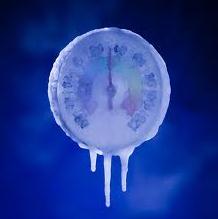 +1 F
+1 F. low temperature reported at KMSP Saturday morning. The combination of no snow, the urban heat island, a light breeze (and a higher sun angle) kept the mercury above zero at Twin Cities International Airport, where the offical temperature records are kept. That means only 3 subzero nights so far this winter, the second fewest since 1872.
2 subzero nights the Winter of 2001-2002. Fewest on record since 1872.
0 number of additional subzero nights expected looking out the next 2 weeks, through the end of February.
"
When in a drought don't predict rain....or snow." - old proverb attributed to farmers. How true.
Wimpy Winters Since 1872. The list above was compiled by the Minnesota State Climate Office.
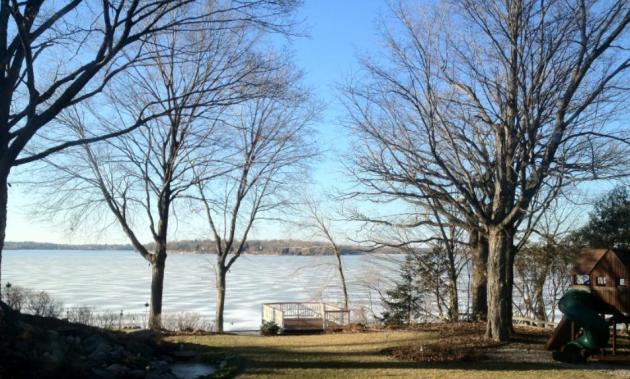 A Winter To Remember
A Winter To Remember:
Second Warmest Meteorological Winter On Record. Here are
details from Pete Boulay at the Minnesota State Climate Office: "The balmy winter of 2011-12 continues to march on. February has continued the above normal temperatures and so far from December 1 to February 7 the average temperature in the Twin Cities is 27 degrees, or 9.3 degrees above normal. If meteorological winter finished on February 7, the winter of 2010-2011 would be in second place behind the winter of 1877-78. February would have to continue to remain much above normal for the Meteorological Winter to finish second warmest. As of February 7, the average temperature in the Twin Cities for the month of February is 29.9 degrees.
* "meteorological winter" is defined as the 90 coldest days of the year, on average, running from December 1 through March 1.
Warm Weather Records This Winter. 5 records so far at KMSP.
Data above courtesy of the Minnesota State Climate Office.
Cold, But (Relatively) Safe. According to NOAA's
NCDC division Minnesota experienced 9-16 billion dollar disasters in the 31 years since 1980. That's about a quarter the number of billion dollar weather disasters over the south central and southeastern USA - vulnerable to not only flooding and tornadoes but hurricanes as well.
Billion Dollar Weather Disasters Since 1980. Is the increase simply the result of more people living in vulnerable areas (in tornado/hurricane alley - in the flood plain, etc.) or is there something more in play? Is the 4% increase in water vapor loading the dice in favor of more weather extremes? 2011 saw 14 separate billion dollar weather disasters, the most since 9 in 2008. Source:
NCDC.
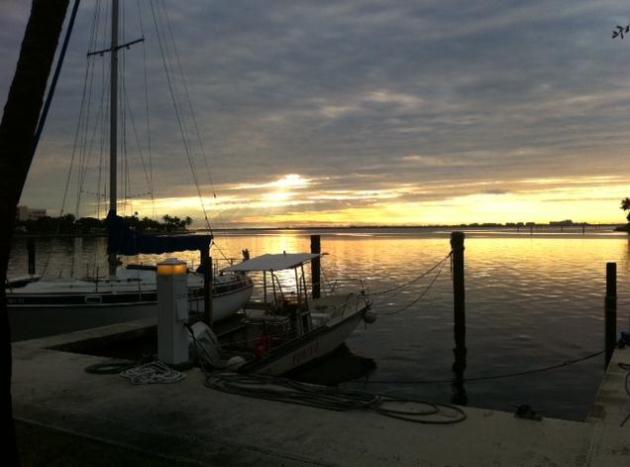 Miami Sunrise
Miami Sunrise. Yep, a few days in Miami Beach (or Dubuque for that matter) would cure me. Thanks to Bay Scroggins, who lives in Miami and studies tropical weather patterns for a living. Must be nice huh?
More Like Mid March Than Mid February. We just experienced the coldest cold front of February, which, in the chilled reflection of our rear-view mirror, wasn't all that bad. 36 hours of moderate pain. A Pacific breeze resumes this week, meaning highs in the mid 30s to near 40 every day this week, starting tomorrow. By next weekend there will be precious little snow left - just a few pathetic piles of grizzled snow.
Measuring Ice - How Do You Know It's Safe? The Brainerd Dispatch has a good video covering how officials determine if the ice is safe enough. The
YouTube video is here: "
Crow Wing County Sheriff Todd Dahl displayed the ice thickness at 18 inches in the second hole drilled by the sheriff's office Thursday. The first hole was measured at 17 inches. After the two holes were cut, Dahl confirmed the permit to run the contest would be issued this afternoon."
Read more here: http://www.centredaily.com/2012/02/10/3085096/mann-details-intricacies-ethics.html#storylink=cpy
2012 2011
Latest USA Snowcover. According to
NOAA 28.4% of the USA is covered in snow, compared to last year, when
64.9% of America was snowcovered. Average snow depth now: 3" (nationwide). Average snow depth a year ago: 8.3"
Snowfall Forecast Through Midday Thursday. The latest GFS
model prints out a couple inches of wet snow across Iowa tomorrow, a coating of flakes may dust a few lawns over far southern Minnesota. Other than that - more lake effect snows, especially downwind of Lake Erie.
Planting In Spring? According to the MN State Climate Office "meteorological winter" (since December 1) has been the warmest since 1877-78. Dr. Mark Seeley has more on the mythical "Year Without A Winter" (1877-78) in this week's WeatherTalk blog: "
Historical records show that February of 1878 was so mild that many Minnesota farmers were in their fields planting small grains (wheat, barely, oats). Soils had thawed and were not too wet to till. Many observers reported temperatures in the 40s and 50s F for half the days of the month. It is the only time in Minnesota history, that much of the state was planted in the month of February." Photo credit
here.
Winter Snowfall Amounts (courtesy of Mark Seeley):
MSP
14.9 inches (2nd lowest total behind 1930-1931 when 14.2 inches fell)
Austin
13.2 inches (lowest since winter of 1976-1977)
Zumbrota
12.8 inches (lowest since winter of 1962-1963)
St Cloud
16.2 inches (lowest since 1967-1968)
Europe Emerges From The Deep Freeze. Here's a good summary of the record cold gripping much of Europe and Asia, courtesy of NASA's
Earth Observatory: "
Rare snowstorms in Rome and Tripoli and mounting death tolls from exposure were among the consequences of a severe cold snap in Europe in late January and early February 2012. Meteorologist Jeff Masters described it as Europe’s worst stretch of cold weather since February 1991. This map above shows temperature anomalies for Europe and western Russia from January 25 to February 1, 2012, compared to temperatures for the same dates from 2001 to 2011. The anomalies are based on land surface temperatures observed by the Moderate Resolution Imaging Spectroradiometer (MODIS) on NASA’s Terra satellite. Areas with above-average temperatures appear in red and orange, and areas with below-average temperatures appear in shades of blue. Oceans and lakes appear in gray."
Last Few Days Of February: Late March Time Warp. The only way I can describe what I'm seeing is that we've skipped a month, and it's mid March. The 500mb GFS forecast for February 27 shows a powerful westerly wind flow, the pattern favoring big storms for California (which will probably track south of Minnesota, like they have been for most of the winter. If there is a cold bias the last few days of February it will be over New England. Yep, the maps look like mid/late March.
Welcome To Memphis! Expect 30s and 40s the last week of February - 50 not out of the question around February 23 if you believe the GFS. Yesterday's hints of snow have magically vanished - storms detouring south of Minnesota. I fear the drought is going to get worse as we sail into March. Will a few tournament storms save us?
Possible, but looking at the trends, I wouldn't bet on it.
Adios La Nina: Quieter Hurricane Season? La Nina cooling phases of the Pacific correlate with a more active hurricane season (lighter winds over the tropics produce ripe conditions for T-storms to strengthen into tropical storms). Now that La Nina is forecast to wane during the spring months, that may be good news for people living along America's vulnerable coastlines.
ABC News reports: "
Those cooler-than-normal tropical Pacific ocean temperatures known as La Niña are expected to weaken and dissipate this spring, government forecasters said today. La Niña — or the lack of it — could mean good news when it comes to the upcoming hurricane season, said Mike Halpert, deputy director of NOAA’s National Climate Prediction Center. “If we have La Niña, that would argue for an active hurricane season. If you take it away, maybe it takes away some of the activity,” Halpert tells ABC News." Map above courtesy of NOAA.
 Farmers Likely To Plant Record Acreage, Analysts Say.
Farmers Likely To Plant Record Acreage, Analysts Say. The story from Bloomberg News and
amarillo.com: "
Farmers will plant the most acres in a generation this year, led by the biggest corn crop since World War II, taking advantage of the highest agricultural prices in at least four decades. They will sow corn, soybeans and wheat on 226.9 million acres, the most since 1984, a Bloomberg survey of 36 farmers, bankers and analysts showed. The 2.5 percent gain means an expansion the size of New Jersey, as growers target fields left fallow last year and land freed up from conservation programs."
Photo credit above: "
Analysts predict farmers will plant the most acres in a generation this year, led by the biggest corn crop since World War II. Illustrates PLANTING (category f), by Jeff Wilson and Whitney McFerron (c) 2012, Bloomberg News. Moved Tuesday, Feb. 7, 2012. (Bloomberg News photo by Daniel Acker)."
 U.S. Farm Facts
U.S. Farm Facts. I thought this was interesting, courtesy of
americasfarmers.com:
- To keep up with population growth more food will have to be produced in the next 50 years as the past 10,000 years combined.
- Today, the average U.S. farmer feeds 155 people. In 1960, a farmer fed just 26 people.
- Today’s farmer grows twice as much food as his parents did – using less land, energy, water and fewer emissions.
- American farmers ship more than $100 billion of their crops and products to many nations.
- U.S. farmers produce about 40 percent of the world's corn, using only 20 percent of the total area harvested in the world.
Q&A For Paul
Hi Paul -
Love reading your blog! My question/suggestion is this-- why not go back and re-examine all those predictions for winter that were floating about in October/November? Like the Farmer's Almanac, etc.-- this crazy winter we've had seems like a good (although unusual) example to test against all the "expert" opinions months ago...
Thanks for all your posts-- I love being able to get a more ind-depth view of our weather!
Eric Wilcox
Eric - thanks for your kind words; they are greatly appreciated. I realize I spend way too much time on these blogs, but it's a labor of love. During the course of a business day I accumulate headlines, forecast oddities, special URLs and links, funny video clips and nuggets of geeky trivia, and I try to include the stuff that makes me do a double-take. Wherever possible I include the actual links so (you) can do more exploring and discovering, which is what makes the web so amazing (and hopelessly addictive).
O.K. Your question hits a sensitive nerve, because EVERYONE was pretty much predicting a colder, snowier winter (based on La Nina lingering through the winter). I went out on a smal limb and - in October - predicted colder and drier, thinking the drought would continue, neutralizing any impact of La Nina. I think everyone, including NOAA's CPC (Climate Prediction Center) has been humbled by the level of warmth, nationwide, this winter. La Nina events correlate with colder, snowier weather over the northern tier states, but this is shaping up to be one of the 10 warmest winters the USA has experienced since the mid 1800s - more like a strong El Nino winter (1998 comes to mind). Mea culpa - it shows the inherent perils in predicting the weather for an entire season. We can look at what's happening in the Pacific and current/predicted blocking patterns (like the AO and NAO, even look for signs of impending arctic air (like sudden stratospheric warming), but in the end it's all hanging by a threat. Think of a 3-6 month weather forecast much the way you would a horoscope. Fun to look at, but the science is sketchy - don't bet the farm based on a 1-6 month outlook!
______________________________________________________________________________
Hi, Paul!
Will WeatherNation be seen on local Comcast cable? I live in Crystal...hope to be able to see it.
George Carden
George - thanks for taking an interest in WeatherNation, our new, national weather channel that will be available shortly on KARE 11.2. That means free, over the air, as well as local cable systems. Yes, we will be on the local Comcast systems, as well as Mediacom and Charter. Stay tuned for more launch details.
_______________________________________________________________________________
Paul-
Any chance you were awake this morning (Friday morning) around 1:15? I swear I heard thunder. I suppose it could have been the front moving through, because the wind did kick up significantly, but it sure did sound like a 15-20 second long thunder rumble.
Thanks,
Larry
Minnetonka
Larry - not sure what you heard, but it probably wasn't thunder. Winds gusted over 35 mph with the arctic front - it must have been the roar of the wind through the trees. It's rare to get thunderstorms with air temperatures much below 40-50 F. When it's this cold there isn't nearly enough moisture or instability to support the violent upward motion necessary for thunder and lightning. Give it about 30-45 days. At the rate we're going I wouldn't be surprised to see the first T-storms by late March. Let's hope the drought comes to an end, and soon.
_____________________________________________________________________________
Hi Paul!
I get really annoyed when the weather report is wrong. Like the time I planned a garage sale because the forecast was for sunny skies. It poured all day. Boy was I mad! So my question is this. Isn't there a way to rank weather forecasters by accuracy? Like, whose forecast has been closest to the actual weather? Has anyone done this? If I know this I will know where to get my weather report.
Joan Philips
Falcon Heights, MN
Joan - I share your angst, and need to tread carefully here. The sad truth: every meteorologist has good days and bad days. It's a steep learning curve. Anyone can trumpet their best forecasts (and sweep their "busts" under the carpet), but that's pretty dishonest. Personally, I'm partial to Belinda Jensen on KARE-11 (full disclosure: I helped to hire her), but I think the Channel 11 team does a consistently excellent job with the weather. We're lucky: everyone on the air here in the Twin Cities is a professional meteorologist, meaning they went to a 4-year college to learn their stuff. That said, the only way to become a forecaster is to make predictions, get it wrong, and learn from your mistakes over time. Painful at times. There's a company called WeatherRate that goes into specific markets around the USA and runs surveys to try to determine who is most accurate, but I honestly don't know if they do this for the Twin Cities, or if they publish their results. Again, as tedious as this might be, my suggestion is to watch (everyone). See how they do, but don't judge them on one forecast. Snow is the most difficult phenomenon to predict. See who does the best job with the next storm (if it ever snows here again). Over time you'll get a pretty good feel of who does the best job with the forecast. And I'd encourage you to include the Star Tribune weather videos, which are updated frequently during the day. I'm biased, but I think my team of 11 meteorologists at Broadcast Weather do a very good job with Minnesota's ever-changing weather. Thanks for a good question.


.
BGR.com has the details: "
Apple is once again rumored to be going against the wishes of late co-founder Steve Jobs as it prepares to launch a 7-inch version of its popular iPad tablet. While speaking with Computerworld, Technology Business Research analyst Ezra Gottheil said that Apple may be preparing to launch two new products following the imminent release of the iPad 3. One is a case accessory that includes an integrated wireless keyboard, and the second is the oft-rumored iPad mini, which the analyst says will launch later this year."
"Siri Is Trying To Kill Me!" OK, I saw this on CNN, thought if was pretty funny - reminds me of HAL in 2001, A Space Odyssey. What happens if there's a bug, a virus, and Siri (Apple's voice recognition program) goes crazy? The
YouTube clip has been viewed over 6 million times - it's worth a look. Rated PG for some salty language.


Whitney Houston 1963-2012. It seems surreal that Whitney Houston is gone - what an amazing talent she was. Back in the early 90s I had a brush with fame, a strange and wonderful personal encounter with Whitney Houston. We were staying at the Grand Wailea on Maui (which has an incredible series of pools and water parks - it's a AAA+ destination for familiies with kids for this reason, among others). So I'm standing near the entrance to the "rapids" and I notice a woman coming down the flume, being trailed by an enormous guy in a suit and tie. A stalker? I couldn't tell, but it was unsettling. She comes to the surface, stands up in front of me, and I realize "this is Whitney Houston." She smiles and asks me how to navigate the rapids, which side to go down. I'm in a mild state of shock, but mumble an incoherent answer. She smiles and swims into the rapids (as instructed) - the entire time the (body guard) is standing 4 feet away, glaring at me. Not much of a story, I guess, but in that chance encounter I saw a sparkle in her eyes, the real Whitney Houston. No make-up, no pretense; she was confident, but incredibly kind and down to earth, and I'll never forget this odd, chance encounter with one of the greatest singers...ever.. Rest in peace Whitney.


Climbing Out Of A Hole. After a subzero start across much of Minnesota (-2 at St. Cloud, -3 Redwood Falls, -6 at Alexandria) temperatures recovered a bit under blue sky. Afternoon highs ranged from a brisk 13 at Crystal to 18 St. Cloud, 21 in the Twin Cities.
 Paul's Conservation Minnesota Outlook for the Twin Cities and all of Minnesota:
TODAY
Paul's Conservation Minnesota Outlook for the Twin Cities and all of Minnesota:
TODAY: Bright sun, average again. Winds: W 8-13. High: 26
SUNDAY NIGHT: Clouds increase. Low: 15
MONDAY: Snow stays south; few flurries possible. High: 32
TUESDAY: More sun, quite mild. Low: 19. High: 35
WEDNESDAY: Feels like an early March. More sun. Low: 23. High: 41
THURSDAY: Slightly cooler, passing flakes. Low: 24. High: 35
FRIDAY: Mostly cloudy, flurries possible. Low: 19. High: 32
SATURDAY: More sun, pleasant for February. Low: 22. High: 36
* temperatures may reach the low to mid 40s next Sunday.
'Snow Joke
The last time I checked the research, weather was still the number one reason why Americans tuned into local TV news, even in dull weather towns like L.A. and Phoenix. Why do you think they save the weather segment 'til the end of the news?
Big storms drive eyeballs; the snowier the weather, the higher the ratings. So this winter's lack of "weather" has been bad news for local media. "Paul, can't you kick the Doppler, pull a lever - you know - make it snow?"
Can you imagine if we really had the power to change the weather? Then again, it would be impossible to keep everyone happy. Come to think of it, considering liabilities involved, it would be a company made up entirely of lawyers. Large scale weather modification is still science fiction, thank God.
A lack of snow, along with the urban heat island (and a higher sun angle) led to a low of 1 F. Saturday morning at KMSP. We've only endured 3 subzero nights, second fewest since 1872. Warmest meteorological winter since 1878 - least snow since 1930-31 (14.9 inches). 5 separate records. Historic.
30s return this week; highs top 40 Wednesday, again on Sunday. Any storms will sail south of Minnesota. Deja vu all over again.
* photo above courtesy of
Media Bistro.
Climate Stories....
Where The U.S. Solar Industry Is Shining.
Bloomberg Businessweek has the details: "
There’s at least one bright spot in the troubled U.S. solar industry. After a plunge in prices sent panel manufacturers reeling, consumer demand for the alternative energy is soaring. That’s a boon for California companies such as SunRun, SolarCity, and Sungevity. These startups are buying panels at depressed prices and leasing them to homeowners at little or no up-front cost. By teaming up with lenders such as Bank of America (BAC) and U.S. Bancorp (USB) and taking advantage of a federal tax credit for renewable energy, installers can bring down the costs of panels, which for a home typically run between $30,000 to $40,000, and help consumers and businesses reduce the use of fossil fuels. Their success is helping revive the solar industry, which gained notoriety last year from the collapse of panel maker Solyndra."
Photo credit above: "
The sun shines above the field of mirrors that make up the National Solar Thermal Test Facility at Sandia National Laboratories in Albuquerque, N.M., on Thursday, Jan. 26, 2012. Energy Secretary Steven Chu toured the facility on Thursday before hosting a town hall with university students. (AP Photo/Susan Montoya Bryan)."
Senator Amy Klobuchar Champions Bipartisan Solutions To Our Energy And Environmental Problems. Here's a blog post at
Fresh Energy: "
On February 9, Senator Amy Klobuchar (D – Minnesota) addressed one of her top priorities in a speech on the floor of the U.S. Senate (watch the video at the bottom of this post):
“…the critical need to get serious about building a new energy agenda for America, one that keeps our businesses competitive in the global economy, preserves our environment and restarts the engine that has always kept our country moving forward, that is innovation.”
She spoke in support of energy tax credits, including extending the production tax credit that made it possible for wind energy to account for over one-third of all new electricity generation capacity installed in the United States in 2011."
Mann Details Intricacies, Ethics Surrounding Climate Change. Here's an excerpt of an article from the
Centre Daily Times: "
Penn State climate scientist Michael Mann said climate change is often framed as a scientific or economic problem, but it’s also an ethical question. “ Mann, who has been a magnet for criticism, gave the talk at The Penn Stater as part of the university’s forum lunch series. A professor of meteorology known for the “hockey stick” chart on global warming, Mann was part of the team that won a Nobel Prize. He has also been one of the scientists caught up in the “climategate” scandal that followed the release of more than 1,000 emails scientists exchanged.
.....Some of our detractors like to make it like climate science is some sort of lovefest, but it’s not. It’s much more like a street fight,” Mann said. “Scientists — I speak as one — we’re often very opinionated, and we like to be right. And we love to try to prove the other person wrong. “That’s one of the things that makes science the self-correcting process that it is.”
The U.N. Is "Scaremongering" Over Climate Change, Says Energy Boss. Wow - this is pretty unusual, coming from an energy company. I think the ongoing denial (campaign) reflects the fear that laws will be passed preventing energy companies from extracting and burning more coal, gas and oil. That could cost energy companies (and their shareholders) trillions of dollars. There's no question the world needs ever-more energy to fuel growth (and consumption) but just ignoring the science probably isn't the best course of action. No, green energy can't provide all our energy needs today, or even the foreseeable future, but if the proper incentives are put into place, the markets will respond. Less government, more market-driven solutions. I hope that's the direction we go, but who knows? Here's an excerpt of a story in the U.K.
Express: "
An energy firm boss last night accused the United Nations of “scaremongering” over climate change. Chemist Fritz Vahrenholt, of German company RWE, said global warming arguments are supported by “weak science”. He claims reduced solar activity will end up causing the earth to cool down in years to come rather than get hotter. “The climate catastrophe is not occurring,” he said. “In my experience as an energy expert, I learned that the Intergovernmental Panel on Climate Change (IPCC) is more of a political than a scientific body."
Read more here: http://www.centredaily.com/2012/02/10/3085096/mann-details-intricacies-ethics.html#storylink=cpy
Read more here: http://www.centredaily.com/2012/02/10/3085096/mann-details-intricacies-ethics.html#storylink=cpy
Scientists Melt Mystery Over Icecaps And Sea Levels.
Reuters has the story: "
U.S. scientists using satellite data have established a more accurate figure of the amount of annual sea level rise from melting glaciers and ice caps which should aid studies on how quickly coastal areas may flood as global warming gathers pace. John Wahr of the University of Colorado in Boulder and colleagues, in a study published on Thursday, found that thinning glaciers and icecaps were pushing up sea levels by 1.5 millimeters (0.06 inches) a year, in line with a 1.2 to 1.8 mm range from other studies, some of which forecast sea levels could rise as much as 2 meters (2.2 yards) by 2100."
Major Tech Companies Leading The Fight Against Climate Change. The story from
Huffington Post: "
How are some of the world's biggest IT companies taking a stand against a climate change? A list released by Greenpeace this week ranks some of the world's largest information technology companies based on their efforts to mitigate climate change. The fifth edition of the Cool IT Leaderboard puts Google at the top, with Cisco and Ericsson grabbing second and third. According to a press release, the list "ranks 21 IT companies on their clean energy leadership potential, willingness to embrace clean energy solutions and potential to influence energy decisions."
Volunteers Plug Holes In the Climate Records. Here's an interesting story from
Scientific American: "
Kathy Wendolkowski used to make candy in her spare time. for the past year and a half, this mother of three from Gaithersburg, Md., has been spending two to three hours a day on the Web site Old Weather (www.oldweather.org). There she transcribes temperature, pressure and wind-speed records from the logbooks of HMS Foxglove, a British minesweeper that patrolled the South Pacific in the years following World War I. It was a friend, a naval historian, who told her about the site soon after its launch in October 2010, Wendolkowski says."
Photo credit above: "
HMS Foxglove was a British minesweeper that patrolled the South Pacific from 1915 to 1945. Image: Illustration by Mark Weaver. National Archives, England (ship and logbook)."

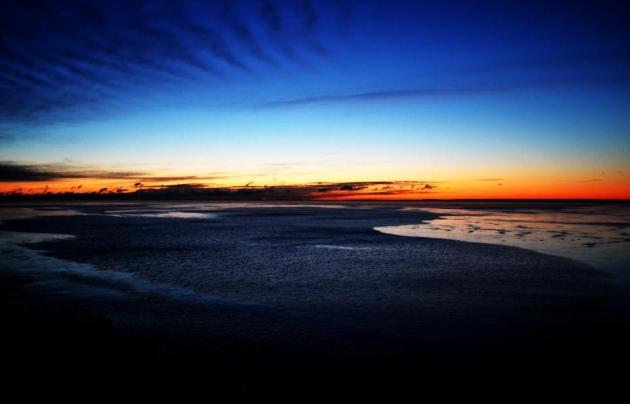

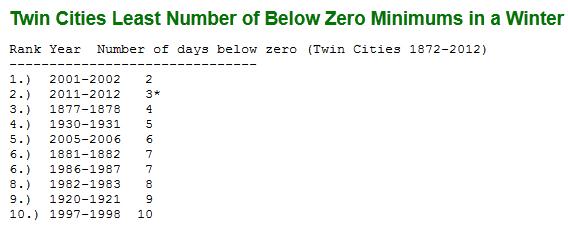

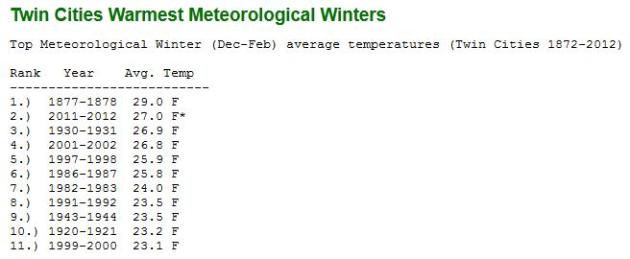

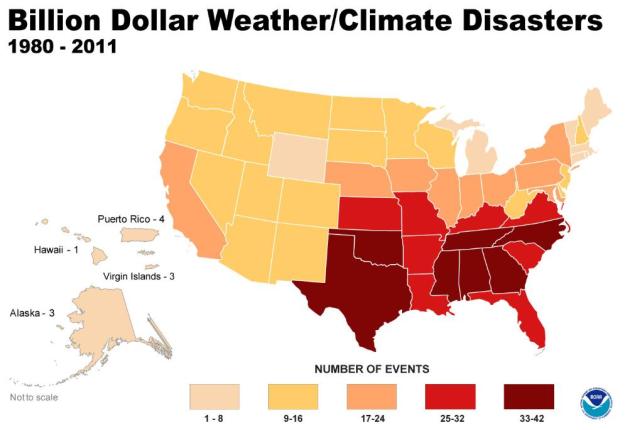


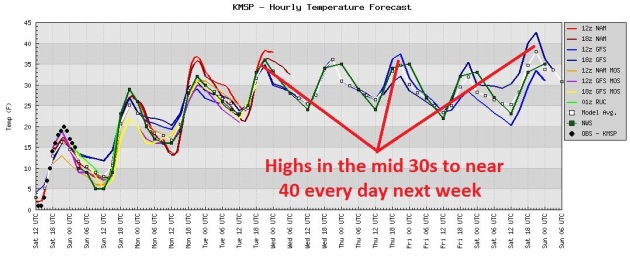

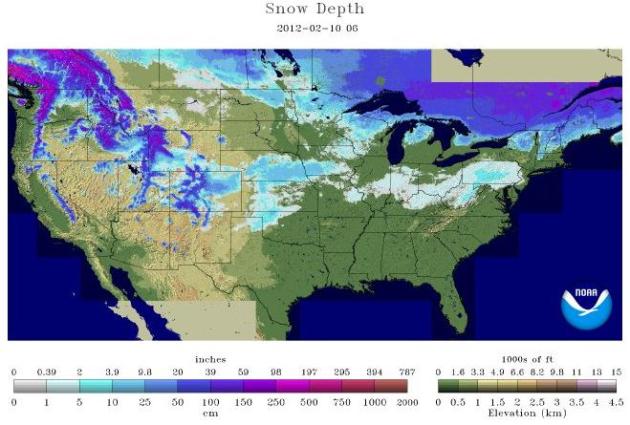
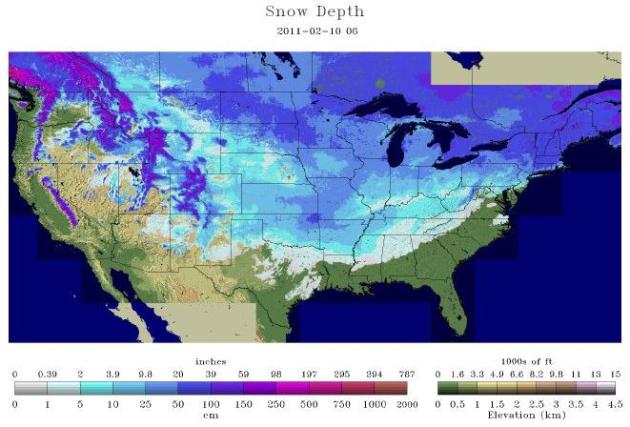
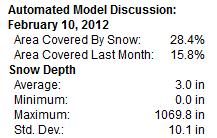

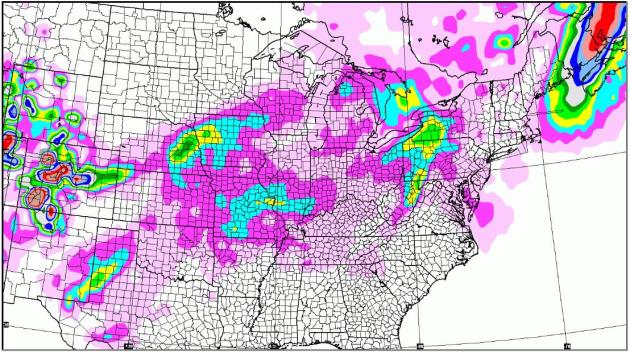

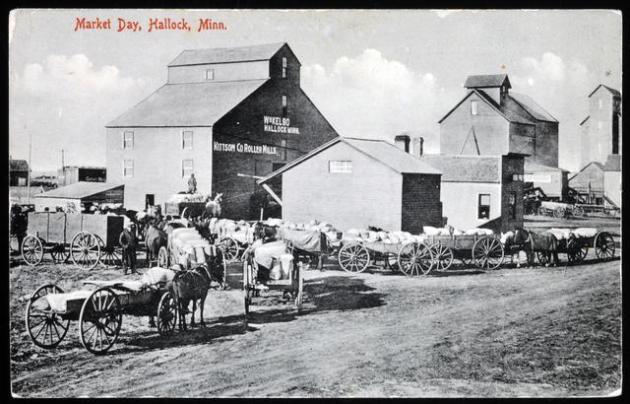


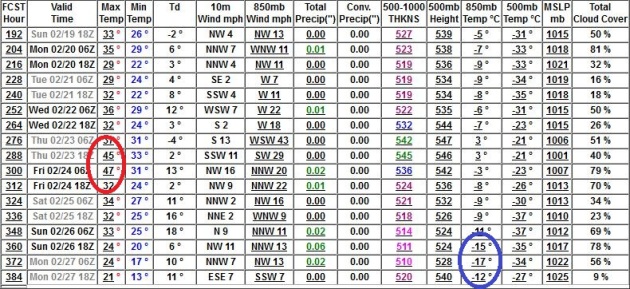
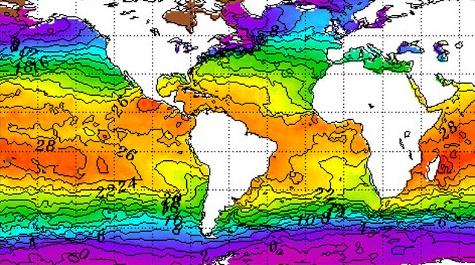












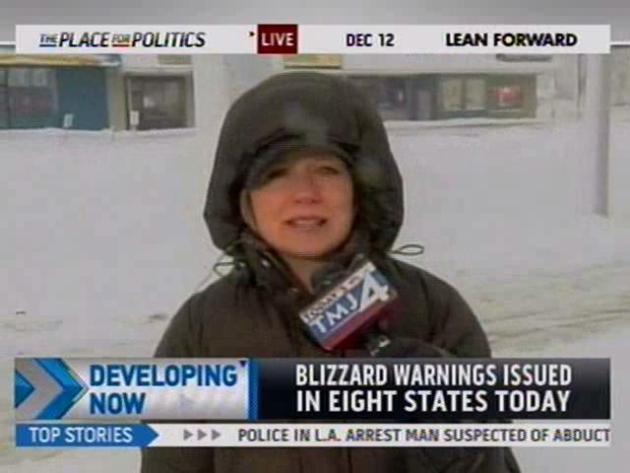
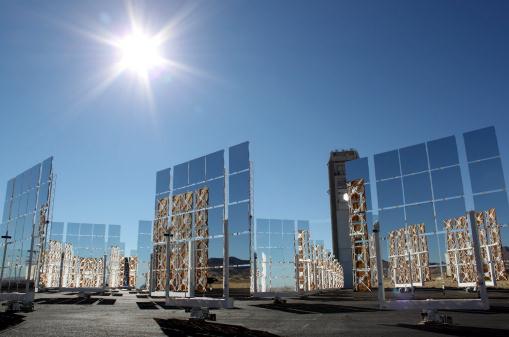


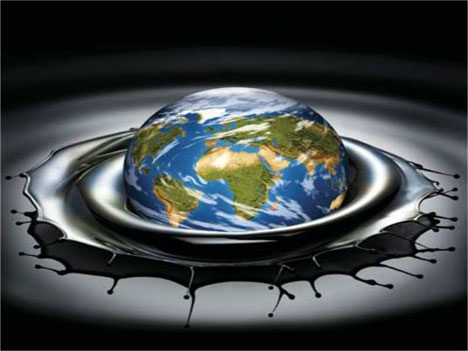
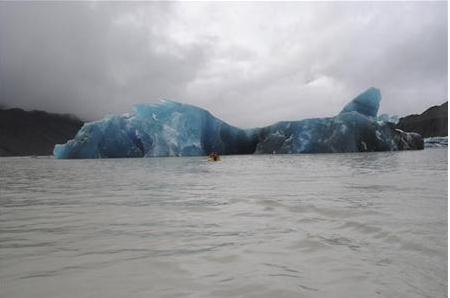


No comments:
Post a Comment